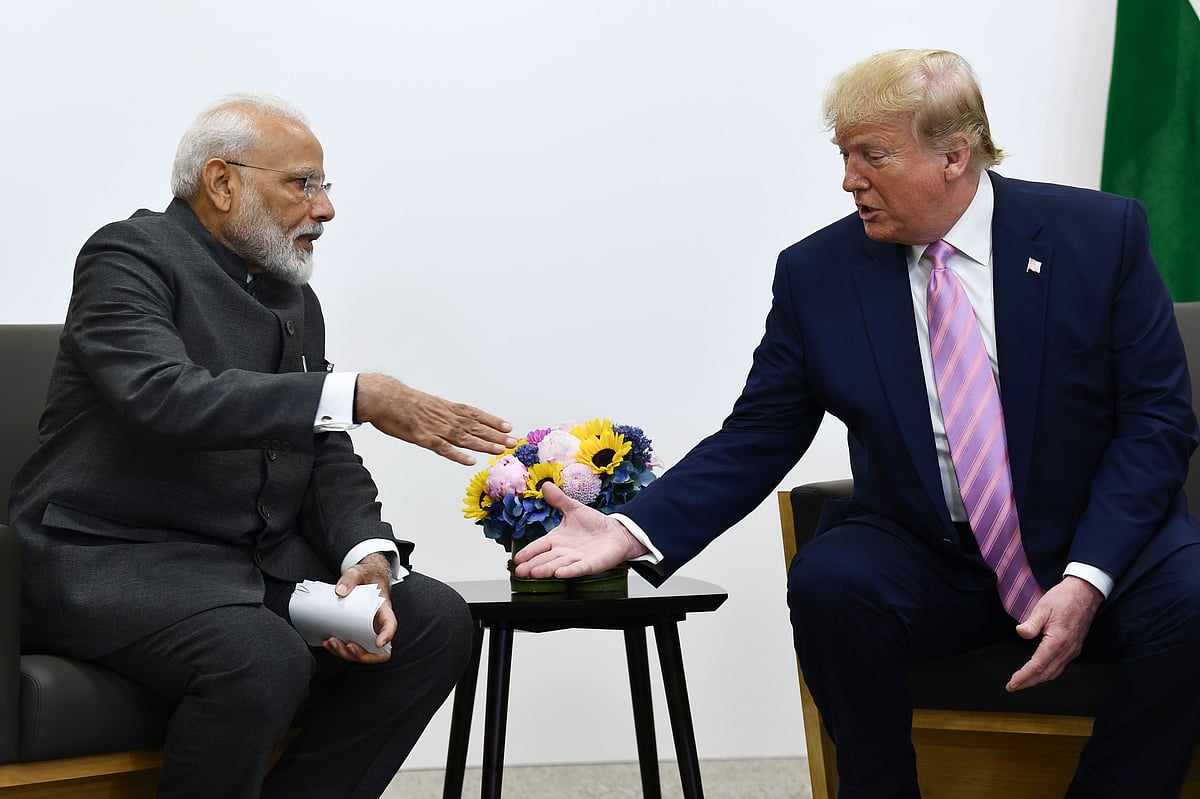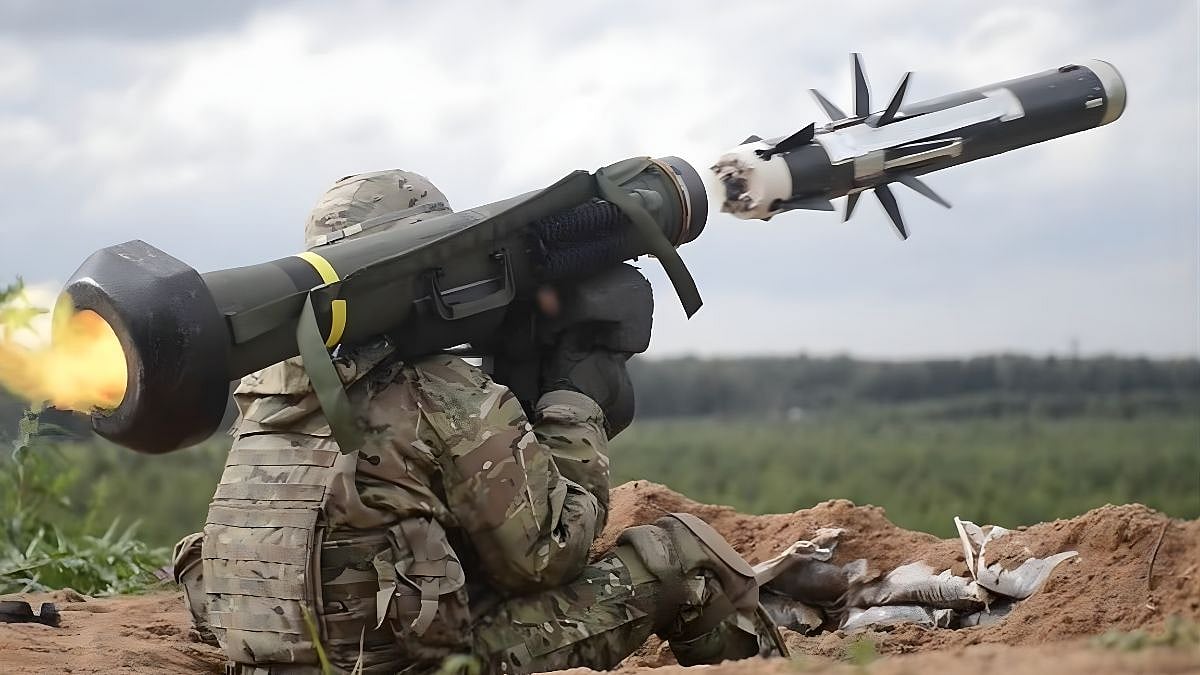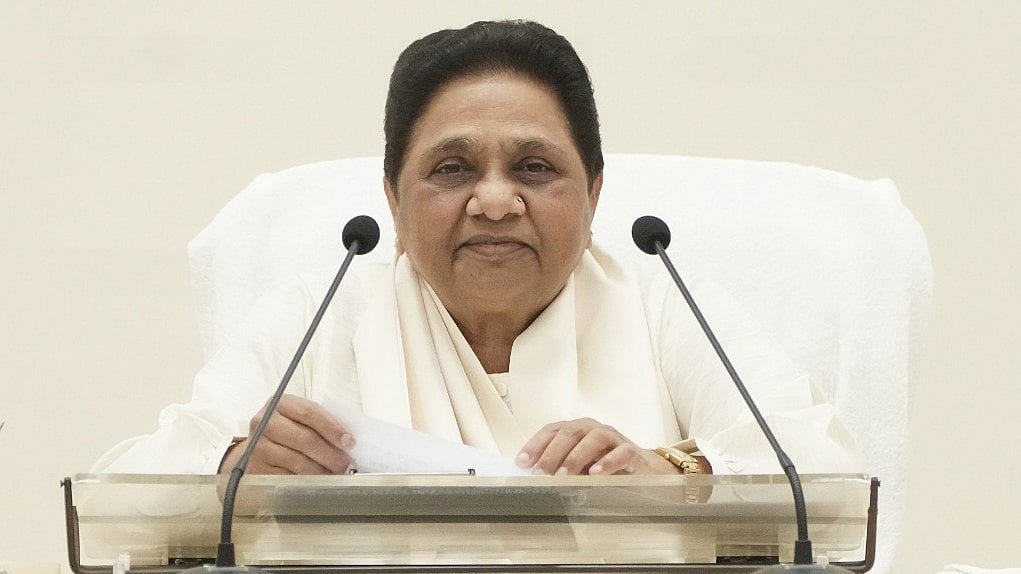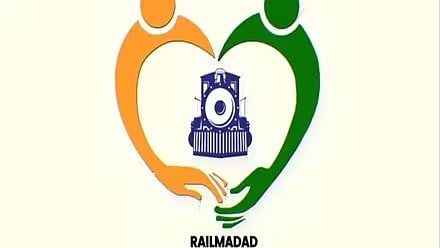The US Senate has passed a legislative provision that brings India at par with America's NATO allies and countries like Israel and South Korea for increasing defence cooperation. The National Defense Authorisation Act or NDAA for the fiscal year 2020, which contained such a proposal was passed by the US Senate last week.
Introduced by Senate India Caucus Co-Chair Senator John Cornyn with the support of Senate India Caucus Co-Chair Senator Mark Warner, the amendment provides for increased US-India defence cooperation in the Indian Ocean in the areas of humanitarian assistance, counterterrorism, counter-piracy and maritime security. Last week, House India Caucus Co-Chair Brad Sherman, along with Congressmen Joe Wilson, Ami Bera, Ted Yoho, George Holding, Ed Case and Raja Krishnamoorthi introduced a similar legislative proposal to the House FY2020 NDAA that would greatly enhance the US-India relationship.
Bill signed?
The bill would be signed into law after both the chambers of the US Congress – the House of Representatives and the Senate – pass it. The House is expected to take up its version of the NDAA sometime in July before legislators adjourn for the month-long August recess on July 29.
What is NATO?
The North Atlantic Treaty Organization (NATO) is an intergovernmental military alliance between 29 North American and European countries. The organisation implements the North Atlantic Treaty that was signed on 4 April 1949. NATO constitutes a system of collective defence whereby its independent member states agree to mutual defence in response to an attack by any external party. NATO's Headquarters are located in Haren, Brussels, Belgium, while the headquarters of Allied Command Operations is near Mons, Belgium.
NATO (the North Atlantic Treaty Organization) maintains foreign relations with many non-member countries across the globe. NATO runs a number of programmes which provide a framework for the partnerships between itself and these non-member nations, typically based on that country's location. These include the Euro-Atlantic Partnership Council and the Partnership for Peace.
What does it mean for India-US relations?
The “upgrade” will also smoothen the passage of sales to India of high-end US military hardware with New Delhi signing foundational compatibility, logistical, and security and secrecy agreements required by Washington for such transactions. The US has already given India Strategic Trade Authorization-1(STA Tier-1) status, a move that facilitates the exchange of high technology and strengthens defence collaboration, and has also designated India as a “Major defence Partner.” The proposed legislation follows the NDAA, which, when taken together, would reflect the long way that India-US relations have come since the Cold War.
The first step came in the form of the nuclear trade agreement signed in 2008, following which India finally shed the negative image it had garnered for its defence trade with the erstwhile USSR and now Russia. The countries even entered into a new nuclear deal last month, which will see India developing, stocking, and trading in civil as well as military nuclear technology in no time.
Today, New Delhi is one of the top buyers of US military hardware and a major partner of the US in Asia, often getting more preference and support than Pakistan, the US’ traditional all-weather ally in the region.
How will India benefit from this?
As opposed to member nations who have to fork out a part of its gross national income to fund NATO, major non-NATO allies (MNNAs) are only involved in strategic working partnerships with NATO countries, not in a mutual defence pact with the US. This would enable India access a lot of military and financial advantages other NATO allies and countries like Japan and Australia share, otherwise not available to non-members.
According to NATO, “The NATO Codification System is managed and run by a NATO Cadre Group consisting of the National Directors on Codification Allied Committee 135 (AC/135). This group, which is under the authority of the Conference of National Armament Directors (CNAD), is committed to increased effectiveness and efficiency of global logistics systems and operations for participating nations and to provide the bridge necessary to facilitate global logistics operations.”
(Inputs from Agencies)








